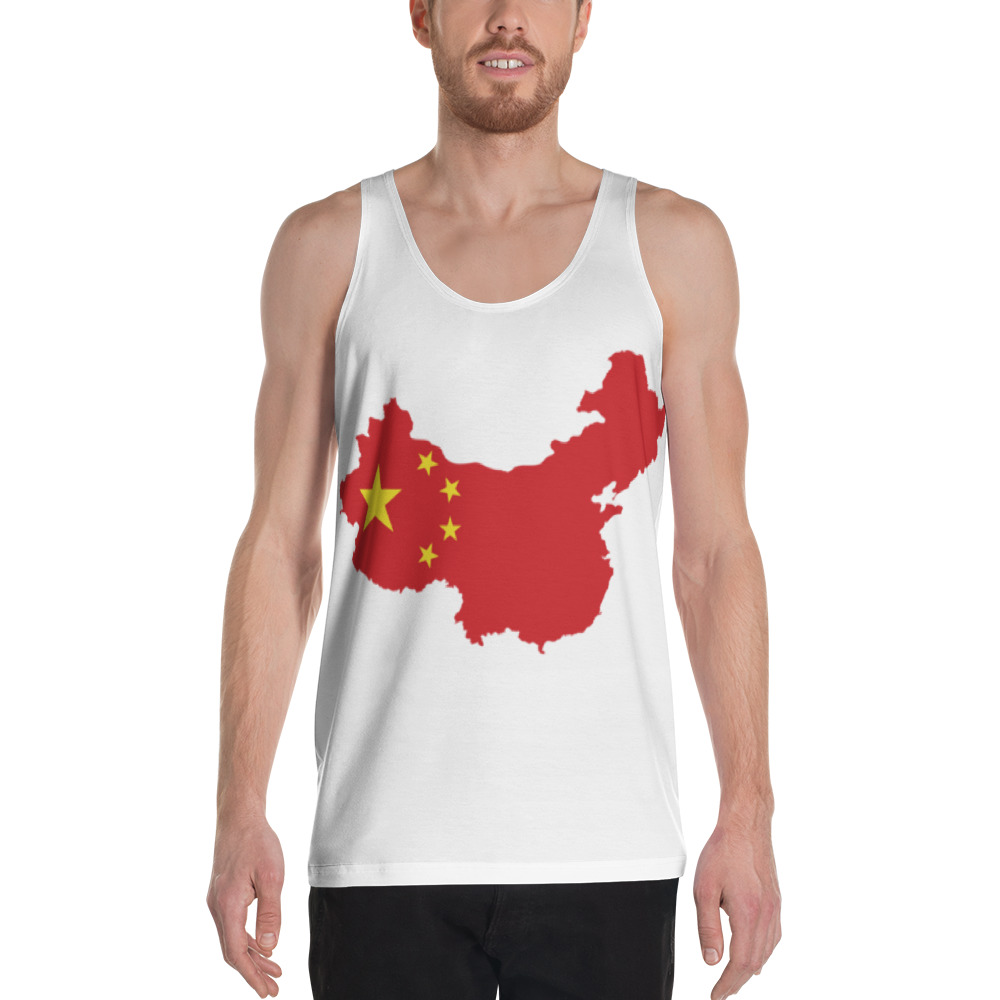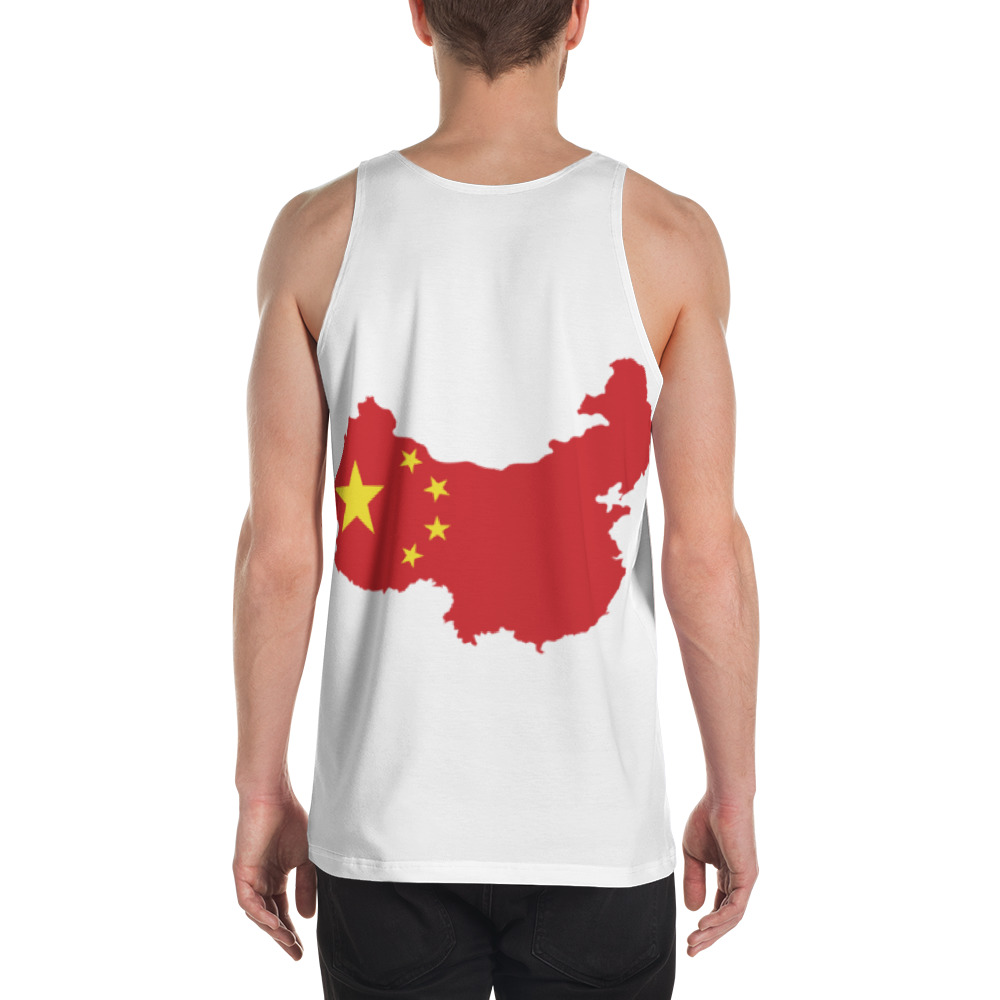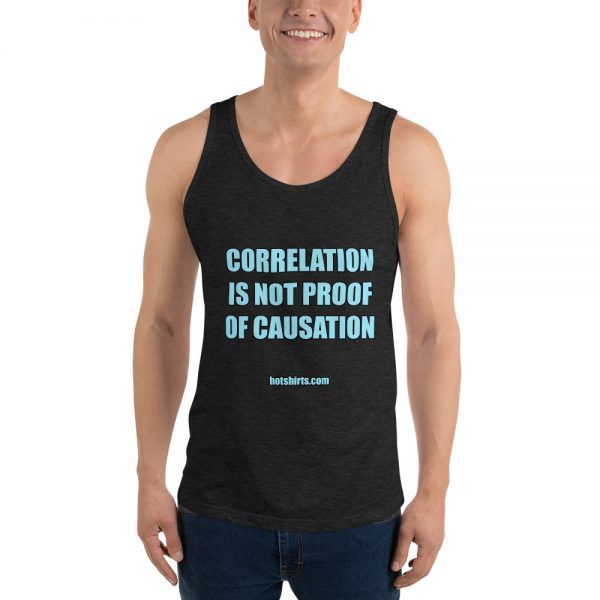Description
This tank top has everything you could possibly need – vibrant colors, soft material, and a relaxed fit that will make you look fabulous!
• 95% polyester, 5% elastane (fabric composition may vary by 1%)
• Fabric weight: 6.19 oz/yd² (210 g/m²), weight may vary by 5%
• Comfortable, stretchy material that stretches and recovers on the cross and lengthwise grains.
• Precision-cut and hand-sewn after printing
• Blank product components in the US and Mexico sourced from the US
• Blank product components in the EU sourced from Lithuania
“China (Chinese: 中国; pinyin: Zhōngguó), officially the People’s Republic of China (PRC; Chinese: 中华人民共和国; pinyin: Zhōnghuá Rénmín Gònghéguó), is a country in East Asia. It is the world’s most populous country, with a population of more than 1.4 billion people. China spans five geographical time zones and borders 14 countries, the second most of any country in the world after Russia. Covering an area of approximately 9.6 million square kilometers (3,700,000 sq mi), it is the world’s third or fourth largest country. The country consists of 23 provinces, five autonomous regions, four municipalities, and two Special Administrative Regions (Hong Kong and Macau). The national capital is Beijing, and the most populous city and financial center is Shanghai.
Modern Chinese trace their origins to a cradle of civilization in the fertile basin of the Yellow River in the North China Plain. The semi-legendary Xia dynasty in the 21st century BCE and the well-attested Shang and Zhou dynasties developed a bureaucratic political system to serve hereditary monarchies, or dynasties. Chinese writing, Chinese classic literature, and the Hundred Schools of Thought emerged during this period and influenced China and its neighbors for centuries to come. In the third century BCE, Qin’s wars of unification created the first Chinese empire, the short-lived Qin dynasty. The Qin was followed by the more stable Han dynasty (206 BCE – 220 CE), which established a model for nearly two millennia in which the Chinese empire was one of the world’s foremost economic powers. The empire expanded, fractured and re-unified, was conquered and reestablished, absorbed foreign religions and ideas, and made world-leading scientific advances, such as the Four Great Inventions: gunpowder, paper, the compass, and printing. After centuries of disunion following the fall of the Han, the Sui (581–618) and Tang (618–907) dynasties achieved what the Roman Empire could not: reunification of the empire. The multi-ethnic Tang welcomed foreign trade and culture that came over the Silk Road and adapted Buddhism to Chinese needs. The early modern Song dynasty (960–1279) became increasingly urban and commercial. The civilian scholar-official or literati used the examination system and the doctrines of Neo-Confucianism to replace the military aristocrats of earlier dynasties. The Mongol invasion established the Yuan dynasty in 1279, but the Ming dynasty (1368–1644) re-established Han Chinese control. The Manchu-led Qing dynasty nearly doubled the empire’s territory and established a multi-ethnic state that was the basis of the modern Chinese nation, but suffered heavy losses to foreign imperialism in the 19th century.”
Source : https://en.wikipedia.org/wiki/China






Reviews
There are no reviews yet.